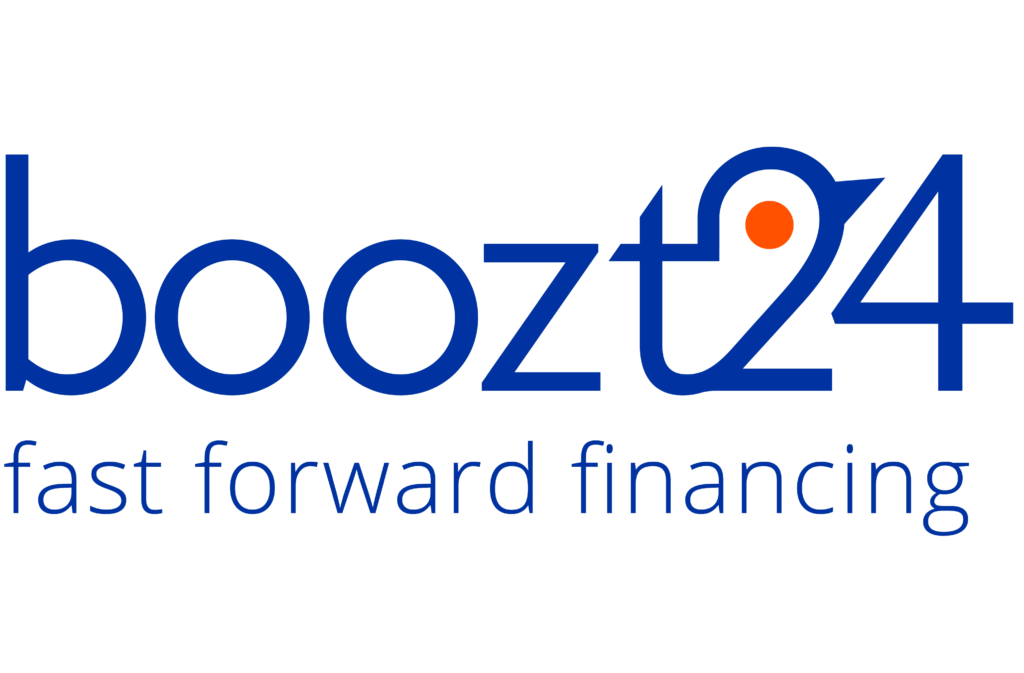A critical look at the under-representation of women and minorities. The financial sector in the Netherlands is known for its lack of diversity. There is an under-representation of women and ethnic minorities in leadership positions.
This blog is trickered by a recent LinkedIn post in which a financial advisor invited SME’s to apply for a loan with a photo of the new advisors the applicant could contact. The photo had 14 white males on it…, which made us wonder in the first place who thought this was good idea, but also what the state of diversity in the Dutch finance sector is. We did some digging and found some interesting material and numbers over the past couple of years.
Lack of diversity in the financial sector in the Netherlands and Europe
The finance sector in the Netherlands is characterized by a lack of diversity. Despite efforts to increase diversity, the industry still lacks representation of women and ethnic minorities in leadership positions.
The under-representation of women in senior positions in finance is a widespread issue globally, and the Netherlands is no exception. In 2019 only 20% of board members in the financial sector were women, and only 6% of CEO positions were held by women. This disparity is due to a variety of factors, including unconscious bias and a lack of flexible working arrangements that allow for a better work-life balance.
An article on the NBA website Accountant.nl from September 2022, shows that the largest banks in Europe are also lagging behind with their promise to appoint more women to top positions. In the past two years, no bank has allowed a woman to occupy the top position.
This is according to an analysis in 2022 by the news agency Bloomberg. In the past two years, almost half of the top executives of Europe's thirty largest banks have been replaced. Many of Europe's largest banks have repeatedly pledged to increase gender diversity in their senior management. The subject is also becoming increasingly important for investors and regulators. But when a vacancy opens up at the top, lenders continue to favor men over women.
Improving diversity and inclusion in the financial sector: Challenges and solutions
The lack of ethnic diversity in the finance sector is also a concern. In 2019 only 5% of senior positions in finance were held by people with a non-Western background. This lack of representation not only impacts the ability of the sector to reflect the diverse needs of its customers, but also leads to a homogenous culture that may not foster the innovation and creativity necessary to compete in a global market.
To address these challenges, organizations in the Netherlands have started to implement initiatives to increase diversity and inclusion in the workplace. For example, several financial institutions have introduced diversity and inclusion targets and are actively working to improve the representation of women and minorities in their organizations. Some firms are also providing training and resources to help employees understand and combat unconscious bias.
However, despite these efforts, progress has been slow, and more needs to be done to create a more inclusive culture in finance. For example, the government could provide tax incentives for companies that meet diversity and inclusion targets, or could require companies to disclose their diversity statistics. Additionally, organizations could create mentorship and sponsorship programs to support under-represented groups in advancing their careers.
Bridging the gap: Leading the way in diversity and inclusion in the Dutch financial sector
In conclusion, diversity and inclusion are essential for the success of the finance sector in the Netherlands. The lack of representation of women and minorities in leadership positions not only impacts the ability of the sector to reflect the needs of its customers, but also hampers its competitiveness and innovation. Therefore, it is critical for organizations, the government, and industry associations to collaborate to address these challenges and create a more diverse and inclusive culture in finance.
Finally, a recent survey within our own network of financial advisors found that of all the people we work with, 98% of the advisors are male. And nothing against them. We have a very good working relationship with all of them, but…. Everyone is welcome and should be able to fully participate. Register with us so that we can take the lead together!



